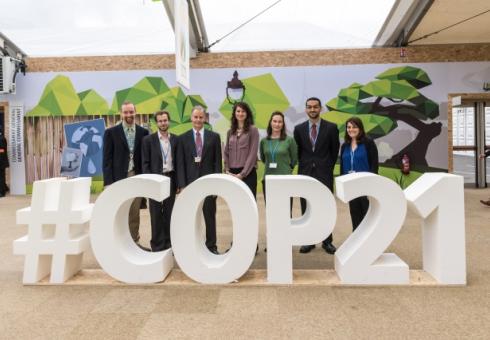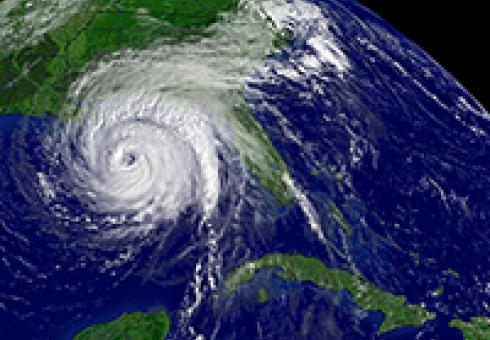MIT will host a daylong symposium to address the nexus of science and action on climate change.
Helen Hill | EAPS
The MIT Department of Earth, Atmospheric and Planetary Sciences (EAPS), together with the Lorenz Center and the MIT Alumni Association, are hosting a climate symposium on Jan. 27 in the Kirsch Auditorium of the Stata Center (Room 32-123).
While this event is now fully subscribed, the day's proceedings will be available via a live webcast. (Register to watch.)
Taking action on climate change has become a dominating issue — globally, nationally, locally, and even here at MIT. Yet so many questions remain. How much and how quickly will climate change? How will these changes manifest, and where? What are the greatest risks posed by a changing climate and how likely are these worst-case outcomes? What is the science behind climate change, and how can basic research inform our efforts to avert, mitigate and adapt to its impacts?
Essential knowledge built through basic climate research lies at the core of all these questions. We would not even recognize that Earth’s climate is changing were it not for the cumulative efforts of climate scientists over the past five decades, many of them here at MIT. And we cannot hope to improve the climate outcome for ourselves and future generations without the vital, ongoing contributions of fundamental climate science research.
Touching on everything from the essentials of planetary climate through the complexities of Earth’s climate system to the challenges of finding the will to act on our knowledge to address current climate change, the symposium features talks and discussion by faculty experts from across the spectrum of climate research at MIT, plus keynote speakers Marcia McNutt (editor-in-chief of Science) and Justin Gillis (environmental science writer for The New York Times).
Speakers include:
Daniel Cziczo, MIT Department of Earth, Atmospheric and Planetary Sciences
Elfatih A. B. Eltahir, MIT Department of Civil and Environmental Engineering
Lindy Elkins-Tanton, Arizona State University
Kerry Emanuel, MIT Earth, Atmospheric and Planetary Sciences
John Fernandez, MIT Environmental Solutions Initiative
W. Eric L. Grimson, MIT Chancellor for Academic Advancement
Valerie Karplus, MIT Sloan School of Management
Thomas Malone, MIT Sloan School of Management
John Marshall, MIT Department of Earth, Atmospheric and Planetary Sciences
David McGee, MIT Department of Earth, Atmospheric and Planetary Sciences
Ronald Prinn, MIT Department of Earth, Atmospheric and Planetary Sciences
Sara Seager, MIT Department of Earth, Atmospheric and Planetary Sciences
Noelle Selin, MIT Institute for Data, Systems and Society and Department of Earth, Atmospheric and Planetary Sciences
Lawrence Susskind, MIT Department of Urban Studies and Planning
Dennis Whyte, MIT Department of Nuclear Science and Engineering
Maria Zuber, MIT vice president for research
For more information and a detailed agenda, visit the EAPS symposium website.
Image: Jennifer Fentress/EAPS






